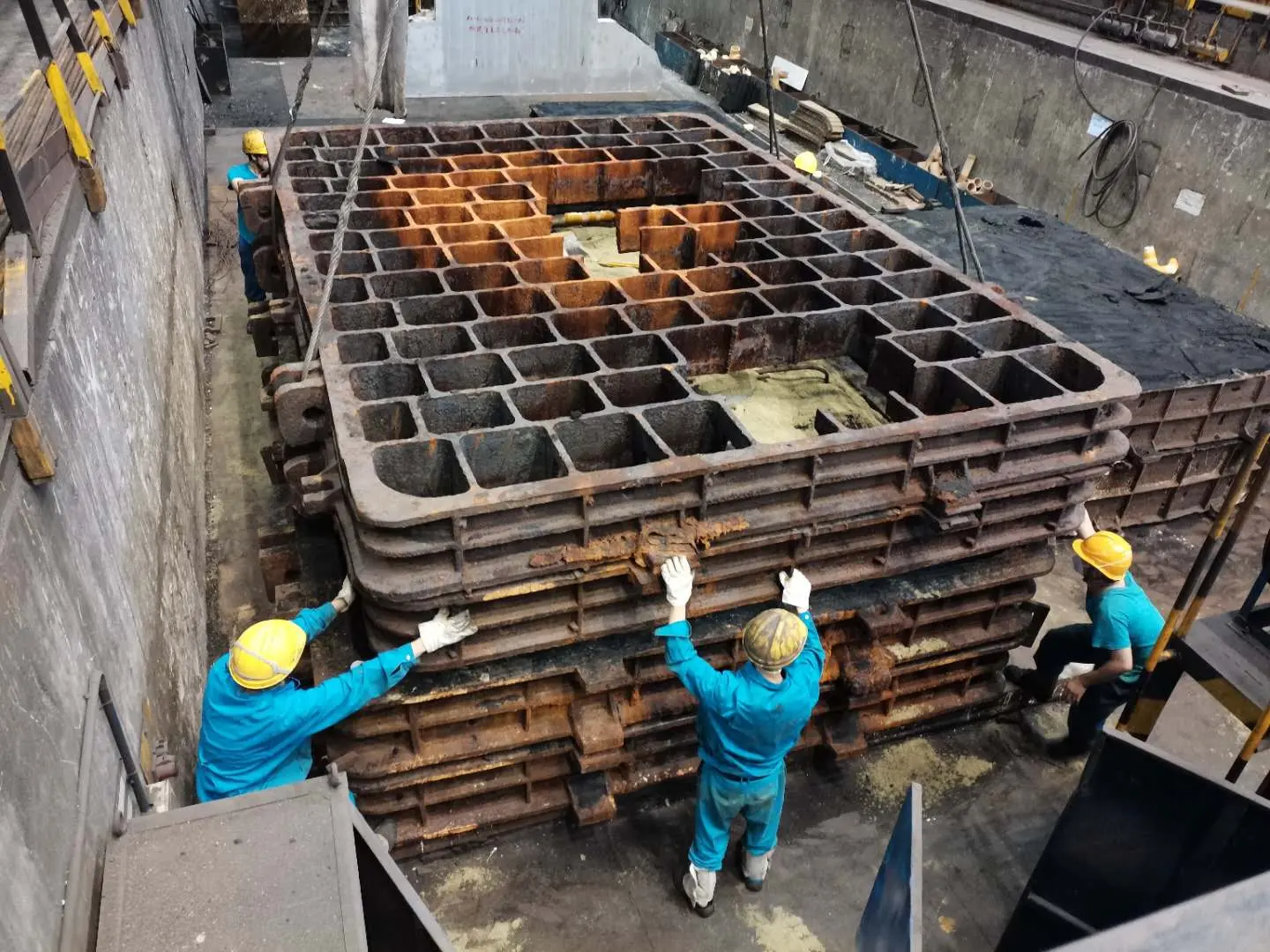The Best Way to Sand Stainless Steel
Sanding stainless steel is an essential process, especially for those looking to achieve a smooth finish or prepare the surface for welding or painting. Whether you are working on metal fabrication, restoration projects, or DIY tasks, understanding the best methods for sanding stainless steel can make a significant difference in the quality of your work. This article provides insights into the best ways to sand stainless steel, ensuring optimal results.
Understanding Stainless Steel
Stainless steel is known for its durability, resistance to corrosion, and aesthetic appeal. This material, primarily composed of iron, carbon, and chromium, can be challenging to work with due to its toughness. When sanding stainless steel, the goal is to remove imperfections, scratches, and oxides without damaging the surface. Therefore, it is crucial to use the right tools and techniques to achieve professional results.
Tools and Materials Needed
Before starting the sanding process, gather the necessary tools
1. Sanding Discs and Belts Use discs and belts specifically designed for metalworking. Aluminum oxide and zirconia sanding discs are often recommended due to their effectiveness in cutting stainless steel. 2. Orbital Sander or Belt Sander For larger areas, an orbital sander can give a smooth finish. A belt sander is suitable for more robust tasks, such as removing heavy rust or weld seams.
3. Hand Sanding Tools For intricate areas or small projects, hand sanding blocks with adhesive sanding sheets are ideal.
4. Safety Gear Always wear gloves, goggles, and a dust mask to protect against metal particles and dust.
Steps for Sanding Stainless Steel
1. Preparation Clean the stainless steel surface with a degreaser to remove any grease, oil, or contaminants. This step ensures that the sanding process is effective and prevents foreign substances from scratching the surface.
best way to sand stainless steel

2. Choose the Right Grit Start with a coarse grit (e.g., 60 or 80) to remove any significant imperfections, rust, or welds. Gradually move to finer grits (120, 220, and up to 600) for achieving a smooth finish. The progression through grits is essential; each finer grit removes the scratches left by the previous one.
3. Sanding Technique When sanding, maintain a consistent pressure and use even strokes. For power sanders, keep the tool moving to avoid overheating any section, which could cause warping. When using hand sanders, use a circular or back-and-forth motion, ensuring that the pressure is applied evenly.
4. Dry Sanding vs. Wet Sanding For those seeking a polished finish, wet sanding can be beneficial. This technique involves using water with the sandpaper to reduce friction and keep the surface cool. Using wet sanding not only enhances the finish but also reduces dust and the chance of scratches.
5. Cleaning Between Steps After sanding with each grit, wipe the surface with a clean cloth to remove dust and particles. This practice helps you assess the results accurately and prevents scratching from residual materials.
6. Final Polishing Once you have reached the desired smoothness, consider polishing the stainless steel with a buffing compound and a soft cloth. This step enhances the shine and provides additional protection against corrosion.
Tips for Success
- Test on Scrap Metal If you are new to sanding stainless steel, practice on scrap pieces first. This exercise will help you understand the material's behavior and the effectiveness of your chosen technique.
- Maintain Temperature If you are working with power sanders, ensure they do not overheat. Frequent breaks can help cool the metal and prolong the life of the abrasives.
- Invest in Quality Abrasives High-quality sanding discs and sheets will yield better results and last longer, reducing overall sanding time.
Conclusion
Sanding stainless steel can be straightforward if done correctly. By following the right steps, using quality tools, and employing effective techniques, you can achieve a beautifully finished surface. Remember that patience and practice are key; taking your time will ensure that your work stands out for its quality and precision. Whether you’re a professional metalworker or a DIY enthusiast, mastering the art of sanding stainless steel is an invaluable skill that will enhance your projects and elevate your craftsmanship.
Post time:نوفمبر . 19, 2024 21:59
Next:golden sands company
